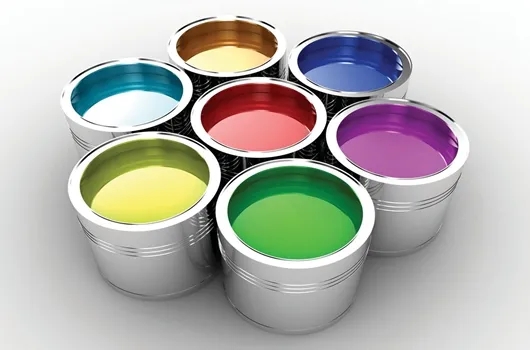Reactive dyes are mainly composed of two parts, the active group and the dye matrix, and the connection between the two parts can be connected directly or through a bridge.
The molecular structure of reactive dyes is a whole. Changes in the structure of each part will be reflected in all aspects of the performance of the dye. As far as the main factors are concerned, the dye reaction performance and the stability of the “dye-fiber” bond generally depend on the structure of the active group. The dye matrix often has no effect on the dye’s suitability, diffusibility, color, mouth fastness, etc. greater impact.
Classification of reactive dyes
It can be classified according to the active group or the parent structure.
(1) Classification by active group Because the active group is an important part of reactive dyes, its structural properties have great influence on the stability, reaction speed, There is an extremely close relationship between the stability of the bonding bond and related properties, so the choice of active groups is very important, and groups that are not easy to hydrolyze, have good stability, are easy to combine with fibers and have good stability after combination should be selected as reactive dyes active group in . Commonly used active group reactive dyes can be divided into the following categories.

①Cyanuric chloride-type reactive dyes are made of cyanuric chloride as a raw material, and one of the chlorine atoms reacts with the dye matrix under appropriate conditions. A reactive dye obtained. According to the number of substitutions of chlorine atoms, it can be divided into two types: dichlorotriazine and monochlorotriazine.
a. Difluorotriazine-type reactive dyes such as the foreign brands such as Pushan MX, and the domestic X-type reactive dyes belong to this category. Also known as ordinary or cold dyeing reactive dyes.
b. Chlorotriazine type The foreign Pushian H. Cibaclone brand, the domestic K-type reactive dyes all belong to this category, and Known as thermosetting reactive dyes.
This kind of dye has low reactivity, but good stability, can be heated to boiling when dissolved without significant decomposition, and needs to be fixed at a higher temperature .
② Vinylsulfone reactive dyes Remasol and other foreign brands, domestic KN reactive dyes belong to this category.
Vinylsulfone group is the active group of this kind of dye, and the reactivity of the dye is between that of monochlorotriazine and dichlorotriazine reactive dyes between. Its main features are: it is very stable in neutral solution, even if it is boiled, it will not be hydrolyzed; it has good stability to acid and good solubility, but the ability of “dye-fiber” to resist alkaline hydrolysis is poor.
③Other reactive group reactive dyes such as dual reactive group reactive dyes; diazine (pyrimidine) reactive dyes: 2,3 dichloroquine-based reactive dyes Reactive dyes; 2-chlorobenzene and thiazocene reactive dyes, etc. These reactive dyes have different characteristics due to the different structures of the reactive groups, so they can be applied to the dyeing of different dyed objects.
(2) Classification by dye matrix The dye matrix not only gives reactive dyes different colors and vividness, but also has a great influence on dyeing performance and color fastness. Therefore, the selected dye matrix must have one or several sulfonic acid groups, so that the dye has better water solubility. However, the dye molecule should not be too large, otherwise the dye is not easy to wash off during hydrolysis, and it will also affect the diffusion of the dye molecule inside the couscous fiber. There are mainly ①azo type, ②allthionoquinone type, ③phthalocyanine type and other types of dye precursors.

 微信扫一扫打赏
微信扫一扫打赏

